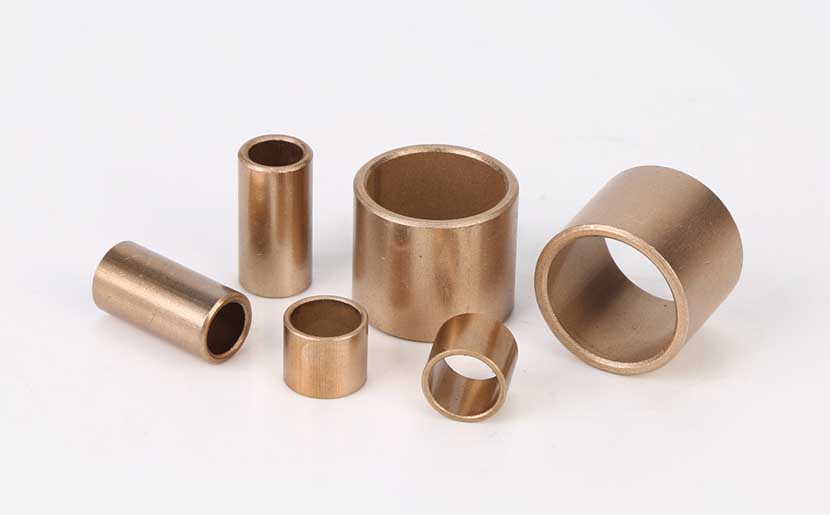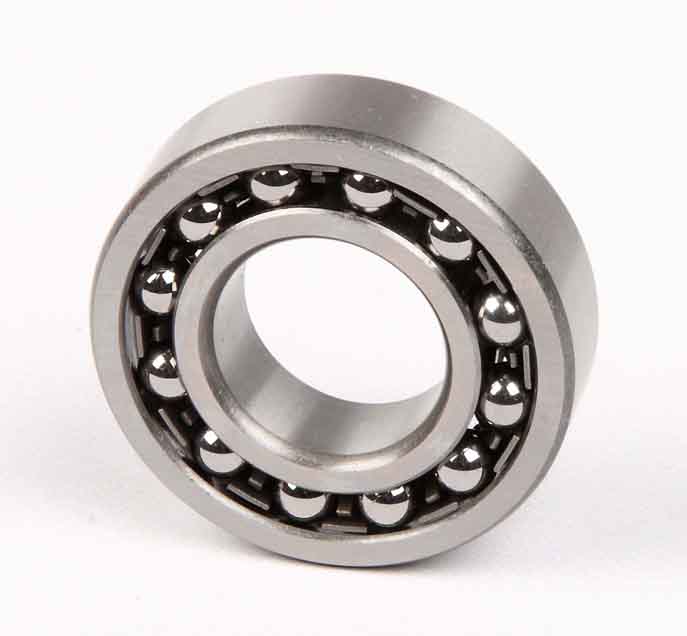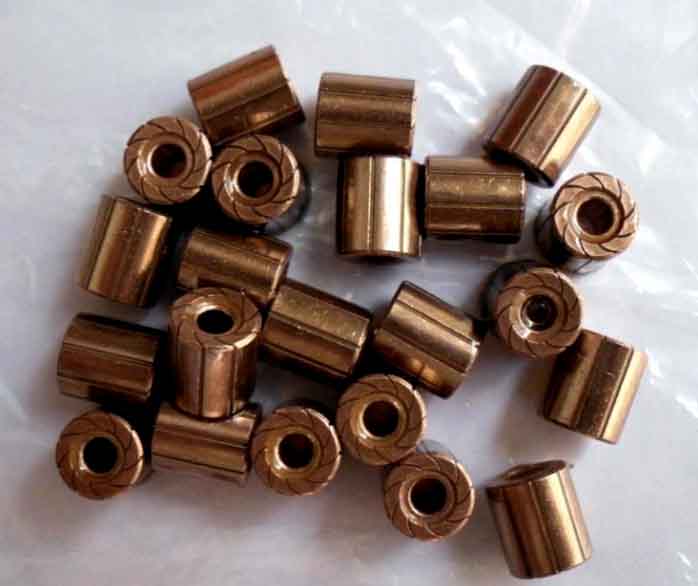Differences between sleeve, Hydraulic and ball bearings on fans
There are three main types of bearings: ball bearings, hydraulic bearings, and sleeve bearings.
Sleeve Bearing:

A sleeve bearing is constructed from porous metal, which can absorb and retain lubricating oil. The oil-filled space between the blade shaft and the sleeve helps reduce drag. Typically, sleeve bearings have a lifespan of 8,000 to 10,000 hours and are best suited for fans operating at medium or low speeds.
Advantages:
-
Cost-effective
-
Quiet operation
-
Suitable for intermittent use
Disadvantages:
-
High wear rate
-
Shorter service life
Ball Bearing:

The ball bearing features rolling friction with metal balls, a small contact surface, and a low friction coefficient. This design reduces friction between bearing surfaces, improving its overall lifespan. Additionally, as there is no oil leakage, it is ideal for products that operate at various angles and directions.
Advantages: Long lifespan, suitable for high-speed fans.
Disadvantages: Higher cost, increased noise due to the rolling of metal balls.
Hydraulic Bearing

The hydraulic bearing offers a larger oil storage capacity compared to the sleeve bearing, featuring a unique loop-type oil supply circuit. Its completely sealed bottom contributes to a longer lifespan than that of a sleeve bearing. This type is ideal for high, medium, and low-speed fans, with an average lifespan ranging from 40,000 to 50,000 hours.
Advantages: Lower noise levels, longer lifespan than sleeve bearings.
Disadvantages: Higher cost compared to sleeve bearings


